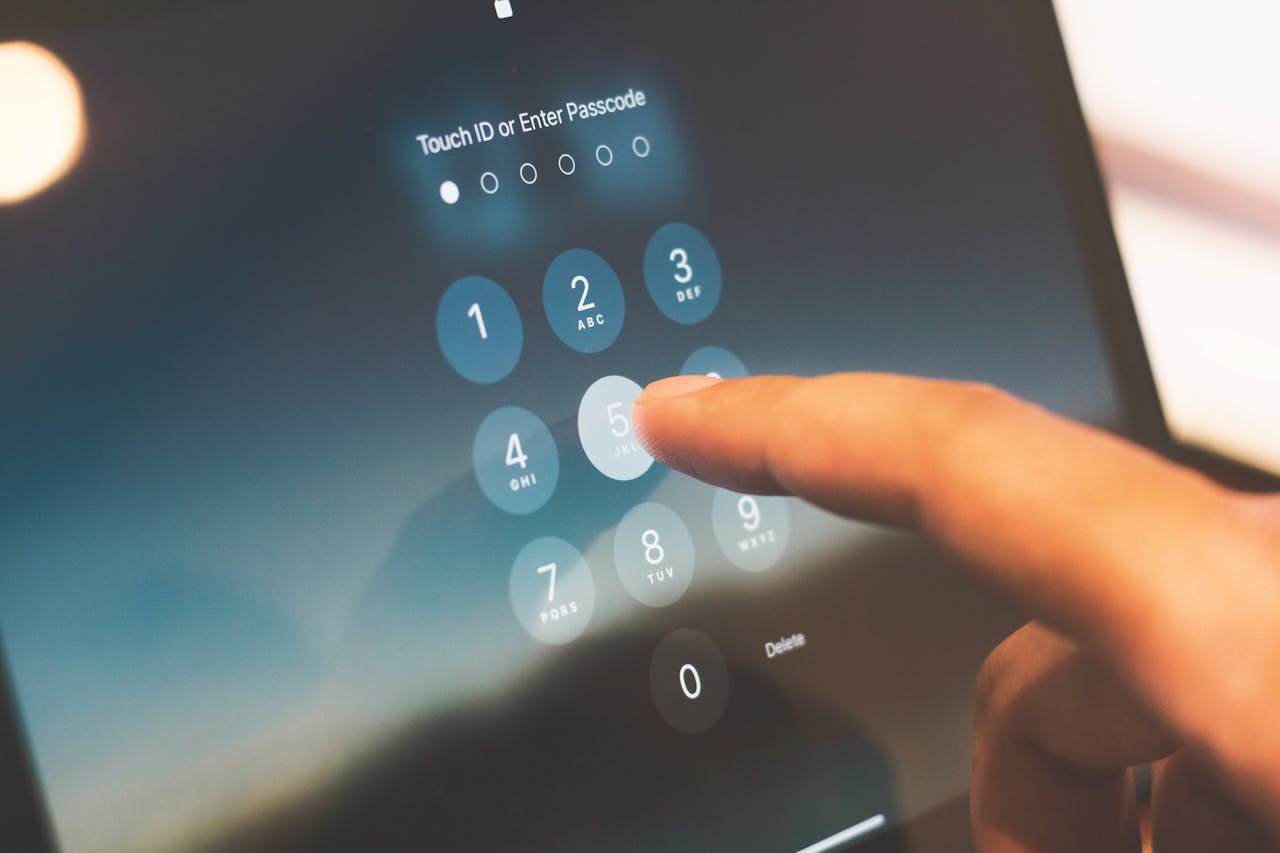Take Control of Your Digital Privacy
Learn essential strategies to protect your data, secure your devices, and enhance your online privacy with our comprehensive tutorials and guides.
Discover the Mission Behind Encryption Project Today
We are dedicated to educating individuals on safeguarding their digital lives and embracing a culture of privacy and security online.



Our Journey Towards Empowering Digital Privacy
Encryption Project was founded to empower individuals with knowledge on how to protect their online privacy and secure their personal data.
We offer resources and guidance for everyone, regardless of their tech expertise.
Our Services
Essential Tools for Digital Security


Start Protecting Your Privacy Today!
At Encryption Project, we empower individuals with the knowledge and tools needed to take charge of their digital security and privacy.